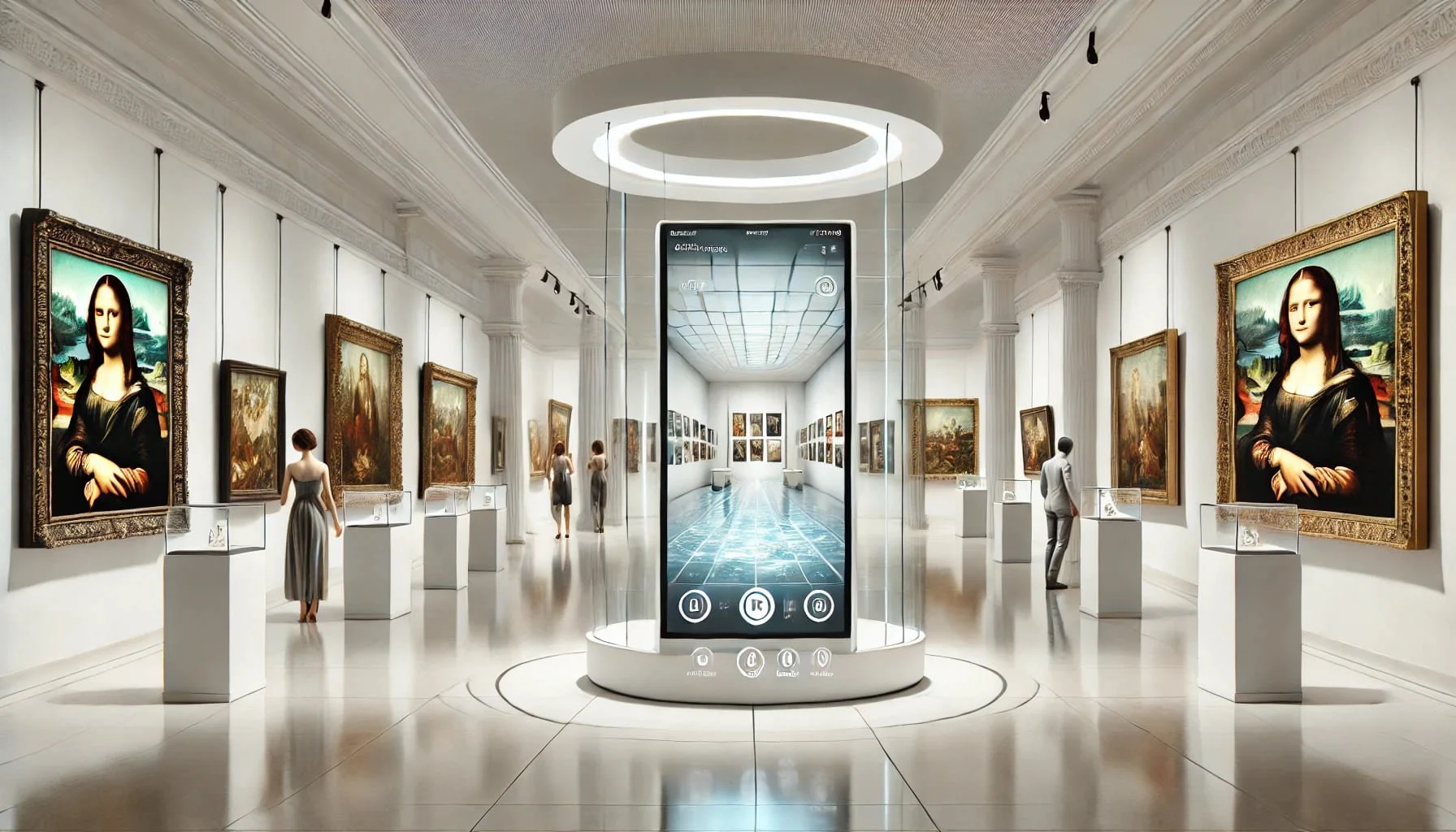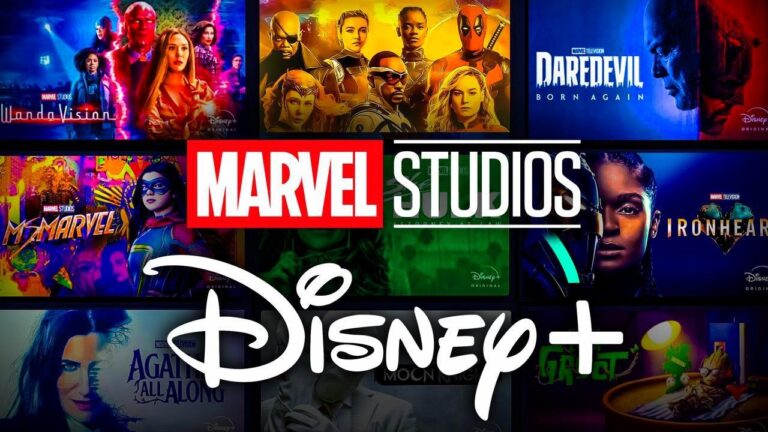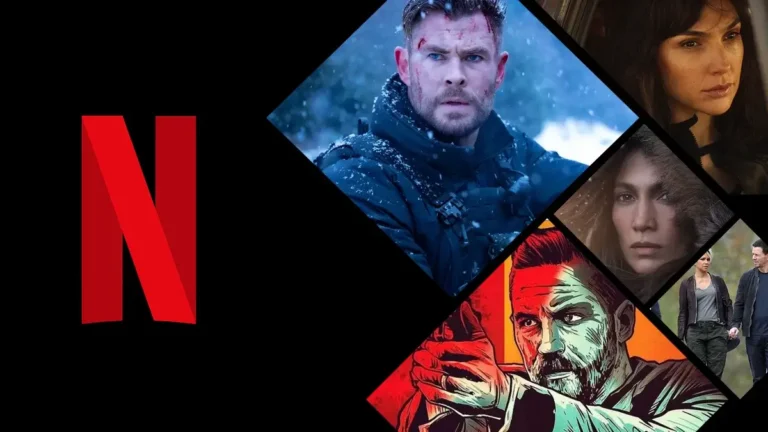The art world has always been a bridge between creativity and culture, but the traditional gallery model — confined by physical space and geographic limitations — is undergoing a radical transformation. Today, digital technology is reshaping how art is created, exhibited, and consumed, enabling galleries to reach audiences around the globe, breaking down barriers that …
Galleries Go Global: The Digital Revolution in Art Exhibitions

The art world has always been a bridge between creativity and culture, but the traditional gallery model — confined by physical space and geographic limitations — is undergoing a radical transformation. Today, digital technology is reshaping how art is created, exhibited, and consumed, enabling galleries to reach audiences around the globe, breaking down barriers that once limited access. From virtual reality exhibitions to online auctions, the digital revolution in art is redefining the very notion of what it means to experience creativity.
The Shift from Physical to Digital Spaces
For centuries, galleries and museums have been the epicenters of the art world, curating collections and hosting exhibitions for visitors to experience in person. While these spaces remain vital, the rise of digital platforms has created a parallel universe for art appreciation, one that transcends physical boundaries.
Virtual galleries allow viewers to explore works from anywhere in the world, often with interactive features, 360-degree views, and curated narratives. Digital exhibitions are no longer limited by the constraints of wall space or location, making art accessible to anyone with an internet connection.
Institutions like the Louvre, MoMA, and the Tate have embraced digital initiatives, offering online tours and high-resolution images of their collections. These innovations not only democratize access but also invite global dialogue around the cultural and social significance of art.
Virtual Reality and Immersive Experiences
One of the most exciting developments in digital art exhibitions is the use of virtual reality (VR) and augmented reality (AR). VR allows users to step inside meticulously recreated gallery spaces or fantastical environments, experiencing art in ways previously unimaginable.
For instance, the Van Gogh VR Experience immerses audiences in the painter’s world, allowing visitors to “walk” through swirling fields of color and brushstroke landscapes. Similarly, AR apps can overlay digital artworks onto physical spaces, enabling people to experience installations in their own homes or public areas.
These technologies transform the viewer from a passive observer into an active participant, engaging multiple senses and creating memorable, emotional connections with the work.
Online Art Marketplaces and Global Accessibility
Digital exhibitions are not just about viewing art; they are also reshaping commerce and accessibility. Online platforms like Artsy, Saatchi Art, and Paddle8 connect artists, collectors, and enthusiasts worldwide. Buyers can browse, bid, and purchase artworks without ever stepping into a physical gallery, opening doors for emerging artists and global collectors alike.
This global accessibility has profound implications. Artists from remote or underrepresented regions can now gain exposure to international audiences, leveling the playing field and diversifying the voices shaping contemporary art. For collectors, it offers unparalleled convenience and transparency, enabling informed decisions with access to reviews, provenance, and expert analysis.
The Rise of NFTs and Blockchain in Art
No discussion of the digital art revolution is complete without mentioning NFTs (Non-Fungible Tokens) and blockchain technology. NFTs have transformed how digital art is valued, authenticated, and traded. Artists can now sell original digital works with verified ownership, creating scarcity in an otherwise infinitely replicable medium.
Major auction houses like Christie’s and Sotheby’s have embraced NFTs, legitimizing them within the traditional art ecosystem. Projects like Beeple’s Everydays: The First 5000 Days, sold for $69 million, demonstrate the enormous potential and impact of digital art in the global market.
NFTs not only redefine ownership but also expand the creative possibilities. Artists can experiment with multimedia, interactivity, and even community-driven projects, all supported by decentralized platforms that connect audiences worldwide.
The Democratization of Art Education
Digital galleries and online platforms also democratize art education. Anyone can now access masterclasses, artist talks, and interactive workshops from prestigious institutions without leaving home. Online resources enable students, enthusiasts, and aspiring artists to study techniques, learn art history, and participate in discussions that were previously limited to elite or local communities.
Platforms like Coursera, Skillshare, and Khan Academy offer structured learning, while museum apps provide interactive content, quizzes, and storytelling experiences. The result is a more informed and engaged global audience, capable of appreciating and supporting art in new and meaningful ways.
Challenges and Considerations
While the digital revolution offers incredible opportunities, it also presents challenges. Physical experience — the texture of a canvas, the scale of a sculpture, the ambiance of a gallery — cannot be fully replicated digitally. Artists and institutions must balance innovation with authenticity, ensuring that digital experiences complement rather than replace traditional encounters.
Additionally, accessibility requires technological literacy and reliable internet access, which may exclude certain demographics. Questions around digital rights, copyright, and the environmental impact of blockchain and NFTs also demand careful consideration.
Despite these challenges, the potential for inclusivity, engagement, and creativity makes digital transformation an essential evolution for the art world.
Hybrid Models: The Best of Both Worlds
The future of galleries is likely hybrid, blending physical and digital experiences. Many institutions now offer “phygital” exhibitions, where visitors can enjoy in-person art alongside digital enhancements. QR codes, AR guides, and VR components enrich the storytelling of traditional galleries, bridging the gap between physical presence and global reach.
Such hybrid models cater to diverse audiences — from local art lovers seeking intimate experiences to international enthusiasts exploring collections remotely. This adaptability ensures that art remains relevant, interactive, and inclusive in a rapidly changing world.
Conclusion: A Global Canvas for the Future
The digital revolution has transformed galleries from local destinations into global platforms, democratizing access, amplifying voices, and expanding creative possibilities. Virtual reality, online marketplaces, NFTs, and hybrid exhibitions are reshaping how art is experienced, collected, and valued.
For artists, it is an era of unprecedented opportunity. For audiences, it is a chance to explore the richness of human creativity without borders. And for the art world as a whole, it is a reminder that innovation and tradition can coexist, creating a vibrant, connected, and accessible global canvas.
In the age of digital transformation, galleries no longer belong solely to cities or countries—they belong to the world. Art has gone global, and the possibilities are limitless.




